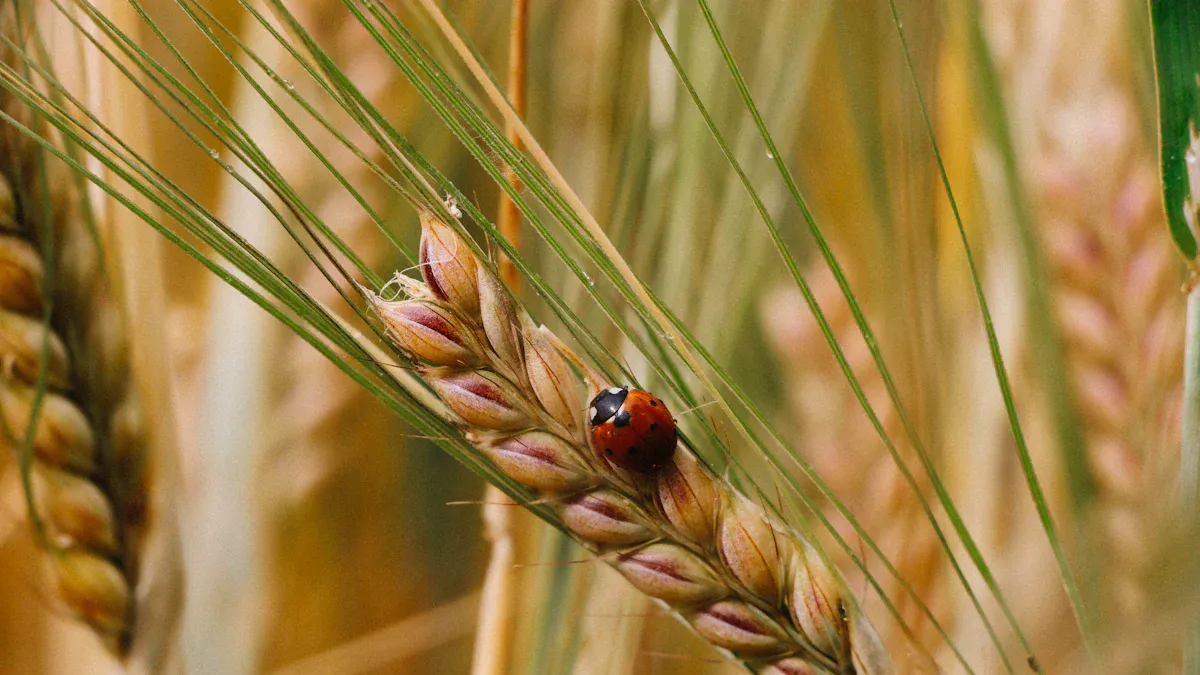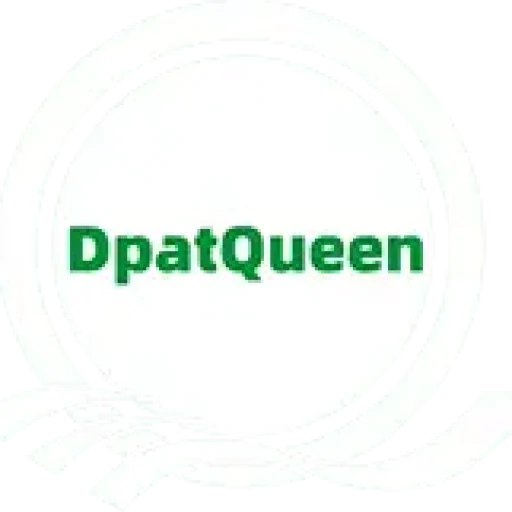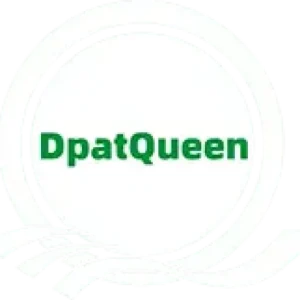
Europe’s appetite for insect protein is skyrocketing. Did you know the market size was $517.70 million in 2022 and could hit $5,528.0 million by 2033? That’s massive growth! Reliable mealworm manufacturers are stepping up, meeting this demand with high-quality insect feed mealworms while navigating strict regulations to ensure sustainability and trust.
Key Takeaways
- Mealworms are a healthy protein source. They have more protein than beef or chicken. They also contain important amino acids and good fats. This makes them a smart choice for people who care about health.
- Farming mealworms is good for the environment. It uses less land and water than raising cows or chickens. Mealworms can eat food waste, which helps lower harmful gas emissions.
- In Europe, insect protein is becoming very popular. It may grow to $1.27 billion by 2030. This is because people are learning more about it and rules support eco-friendly protein options.
The Benefits of Insect Feed Mealworms
Nutritional Value of Mealworms
Let me tell you why mealworms are such a big deal when it comes to nutrition. These tiny insects pack a punch! They’re loaded with protein, essential amino acids, and healthy fats. In fact, studies show that mealworms have a higher nutritional value than beef or chicken. That’s right—higher! They’re also nutritionally balanced, making them a fantastic option for anyone looking for a sustainable protein source.
Here’s something else that blew my mind: mealworms are incredibly efficient at converting feed into protein. Their feed conversion efficiency is on par with poultry, but they use nitrogen more effectively than traditional livestock. This means they’re not just good for your body—they’re good for the planet too.
If you’re curious about the numbers, check this out:
| Nutrient Type | Mealworms (g/100g) | Beef (g/100g) | Chicken (g/100g) |
|---|---|---|---|
| Protein | 13.68–22.32 | Varies | Varies |
| Fat | 8.90–19.94 | Varies | Varies |
| Essential Amino Acids | Present | Present | Present |
Mealworms are clearly a powerhouse when it comes to nutrition.
Environmental Advantages of Mealworm Farming
Now, let’s talk about the environment. Mealworm farming is a game-changer. It uses less land and produces fewer greenhouse gas emissions compared to raising livestock like cows or pigs. For example, the water footprint for producing one ton of edible mealworms is 4341 m³—way lower than beef. That’s a huge win for sustainability!
What’s even cooler is how mealworm farming fits into a circular economy. Farmers can use food waste to feed mealworms, which reduces greenhouse gas emissions even further. Imagine turning waste into protein—that’s pretty amazing, right?
Here’s another fun fact: farming mealworms with diverted food waste can cut emissions by up to 16.39 Kg CO2eq per kilogram of protein. That’s a big deal when you think about the environmental impact of traditional livestock farming.
Mealworms also require less energy and land to produce the same amount of protein as beef or pork. Plus, they’re super efficient at converting feed into protein, which makes them a sustainable choice for the future.
Insect feed mealworms aren’t just good for you—they’re good for the planet too.
Regulatory Approvals and Market Growth
EFSA’s Role in Approving Mealworms for Consumption
Let’s talk about how mealworms earned their spot on the European dinner table. The European Food Safety Authority (EFSA) played a huge role in this. They approved dried yellow mealworms as safe for human consumption, which was a game-changer. Their scientific opinion confirmed that mealworm protein is safe for most people, except for those allergic to crustaceans or dust mites.
Here’s something cool: EFSA’s approval wasn’t just about safety. It also opened doors for innovation in food products. Now, companies can use UV-treated powder from whole, thermally treated, and ground Tenebrio molitor larvae in novel food applications. This regulatory backing is a big deal. It’s encouraging investment and helping insect feed mealworms gain traction in the market.
| Evidence Type | Description |
|---|---|
| EFSA Approval | Yellow mealworms approved for consumption by EFSA. |
| Scientific Opinion | Confirmed safety of yellow mealworm protein for human consumption. |
| Novel Food Authorization | UV-treated powder from Tenebrio molitor larvae authorized for use. |
Challenges in Scaling Mealworm Production
Scaling up mealworm farming isn’t as easy as it sounds. I’ve read studies that highlight some serious hurdles. For starters, there’s the risk of contamination from bacteria in the insect gut. Pathogens and parasites can spread quickly, which makes safety a top priority.
Then there’s the financial side. Setting up a large-scale mealworm farm requires a massive investment—anywhere from EUR 30 million to EUR 100 million. That’s not pocket change! Plus, the return on investment can take seven to ten years. These challenges make it tough for new players to enter the market, even though demand is growing.
Market Trends in Insect Protein Adoption
Europe is leading the charge when it comes to insect protein. Why? People here are becoming more aware of sustainability and health benefits. The European Union’s regulatory framework has been a big help too. For example, in 2021, the EU approved insect protein for use in feed for chickens and pigs. That decision boosted demand across agricultural sectors, especially in aquaculture.
Here’s what’s exciting: the insect protein market in Europe is projected to grow at a CAGR of 20.3% over the next few years. Innovations in food products are driving this growth. I’ve seen reports that Europe accounted for over 36.81% of the market revenue in 2023, and it’s only going up from here.
- Key trends driving adoption:
- Regulatory support for insect protein in food and feed.
- Growing consumer interest in sustainable protein sources.
- Expanding applications in agriculture and aquaculture.
Reliable Mealworm Exporters Driving Sustainability

Quality Assurance and Certifications
When it comes to mealworm exports, quality assurance is everything. I’ve seen how exporters go above and beyond to ensure their products meet international standards. Facilities are designed to prevent contamination and maintain hygienic conditions, which is crucial for safety. They even enforce strict dietary restrictions for mealworms to guarantee the food chain’s integrity.
What’s impressive is the level of monitoring involved. Regular analyses check the microbiological quality of the feed, and hazard assessments follow European HACCP principles to minimize risks. Companies like Spryng take it a step further by holding certifications like ISO 9001 and FSSC 22000. These certifications aren’t just fancy labels—they’re recognized worldwide for their rigorous standards.
Sustainable Farming Practices
Mealworm farming is a sustainability superstar. I’ve read that producing 1 kg of mealworms requires less land and energy compared to beef or pork. Plus, mealworms emit fewer greenhouse gases like CO2 and methane. That’s a win for the planet!
Here’s something that really caught my attention: mealworms can thrive on post-consumer organic waste. This aligns perfectly with circular economy principles. Imagine turning food waste into high-quality protein—that’s innovation at its best.
The water footprint is another highlight. Producing one ton of mealworms uses 4341 m³ of water, which is comparable to chicken meat but 3.5 times lower than beef. These numbers show why mealworm farming is a game-changer for sustainable protein production.
Meeting Industry and Consumer Expectations
Mealworm exporters are stepping up to meet the growing demand for sustainable protein. I’ve noticed how they’re adapting to industry trends and consumer preferences. People want healthier, eco-friendly options, and mealworms check all the boxes.
The pet food industry is also jumping on board. Mealworms are rich in protein and nutrients, making them a great choice for pet food. Plus, technological advancements are improving farming efficiency, which helps exporters scale production to meet demand.
Consumers are becoming more aware of the benefits of insect feed mealworms. Education about entomophagy is driving acceptance, and innovative food products are making mealworms more appealing. Exporters are connecting directly with decision-makers to ensure competitive pricing and reliability, which builds trust in the market.
Mealworms are a game-changer for sustainable protein. They’re packed with nutrients, eco-friendly, and efficient to produce. Did you know the market for insect protein in Europe is projected to grow at a CAGR of 16.8% by 2030? That’s incredible!
Reliable exporters are the backbone of this growth. They ensure high-quality, certified products while embracing sustainable farming practices. Their efforts are helping Europe meet its demand for greener protein options.
Looking ahead, the future of insect protein is bright. By 2030, the market size could hit $1.27 billion, with a volume growth of 367,491.7 tons. With increasing consumer awareness and regulatory support, mealworms are set to revolutionize how we think about food. 🌍
| Metric | Value |
|---|---|
| Projected Market Size | $1.27 billion by 2030 |
| CAGR (2022-2030) | 25.8% |
| Expected Volume Growth | 367,491.7 tons by 2030 |
| Volume CAGR (2022-2030) | 28.6% |
The journey has just begun, and I can’t wait to see how mealworms continue to shape Europe’s sustainable future.
FAQ
What makes mealworms a sustainable protein source?
Mealworms are eco-friendly! They need less land, water, and energy than traditional livestock. Plus, they can thrive on food waste, reducing environmental impact. 🌱
Are mealworms safe to eat?
Yes, they are! EFSA approved mealworms for human consumption. Just avoid them if you’re allergic to crustaceans or dust mites.
How do mealworms compare to traditional protein sources?
Mealworms pack more protein per gram than beef or chicken. They’re also rich in healthy fats and amino acids, making them a nutritious alternative.


